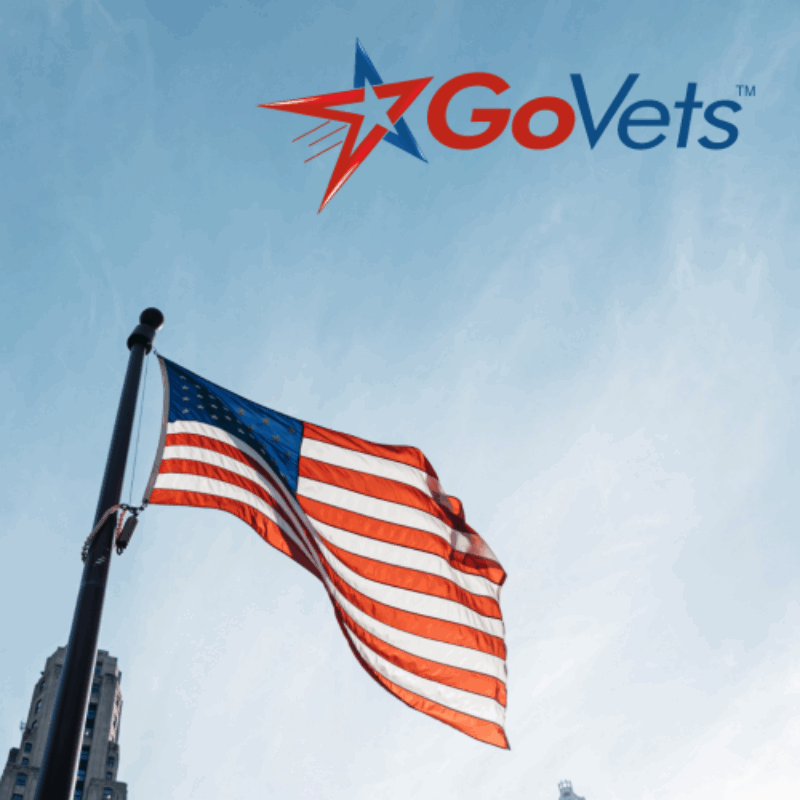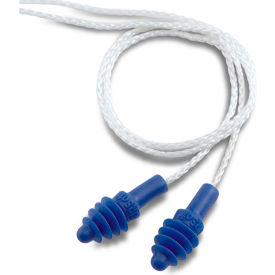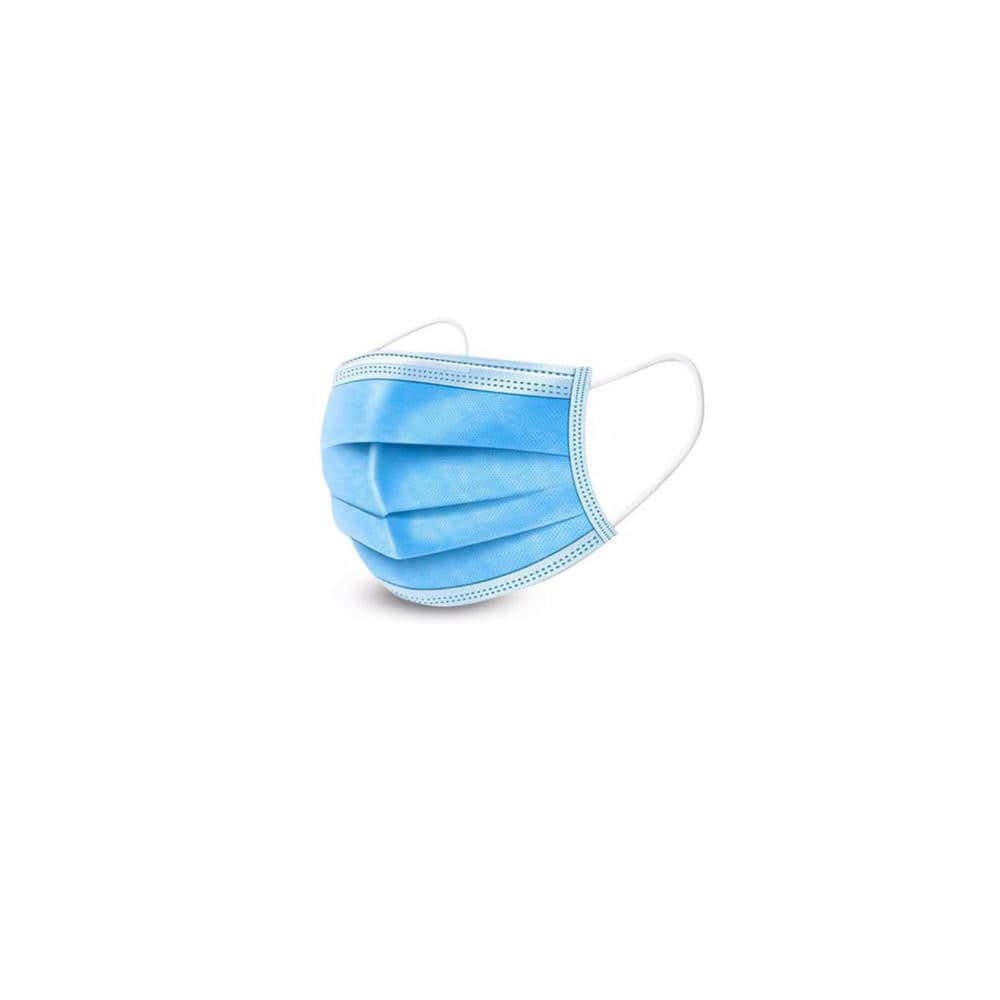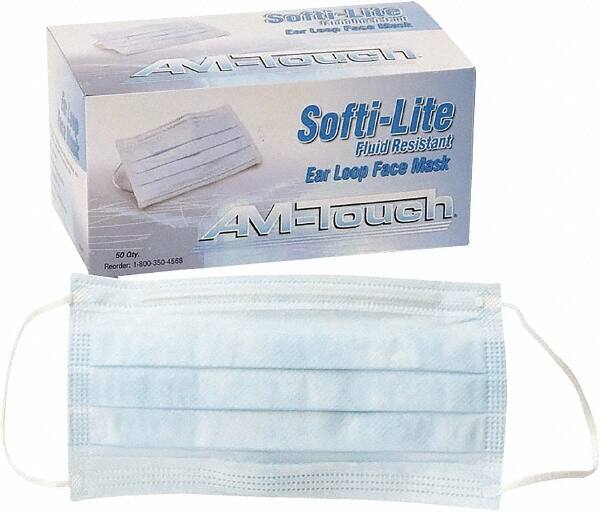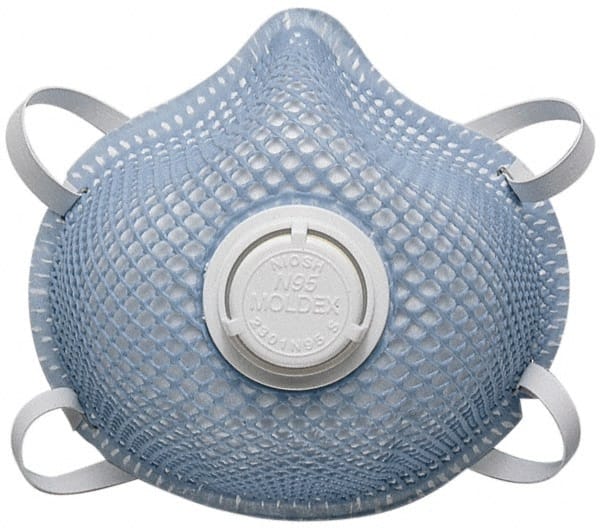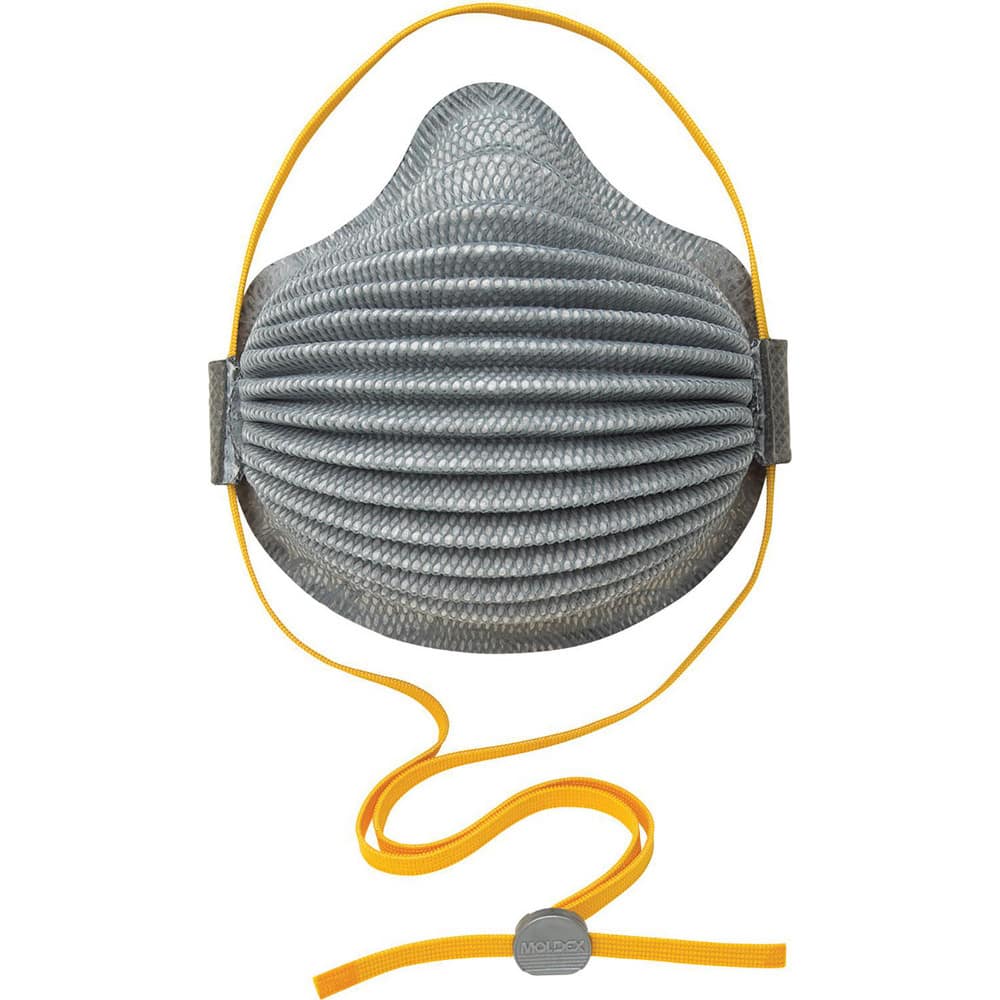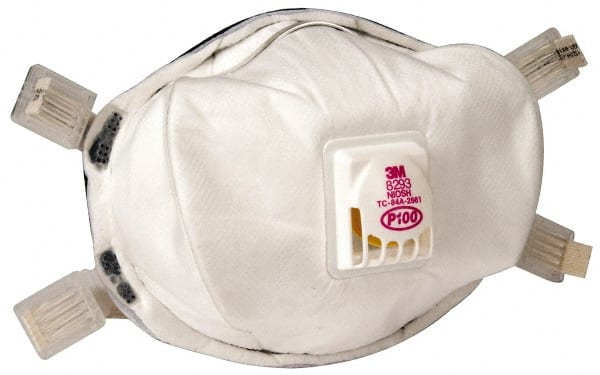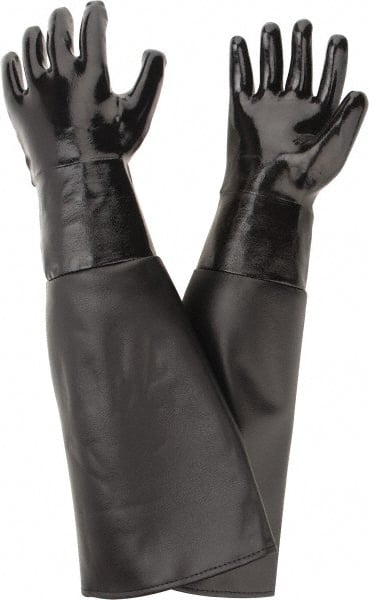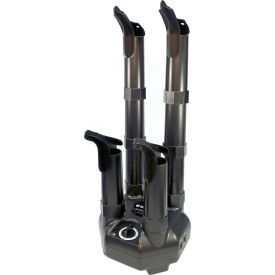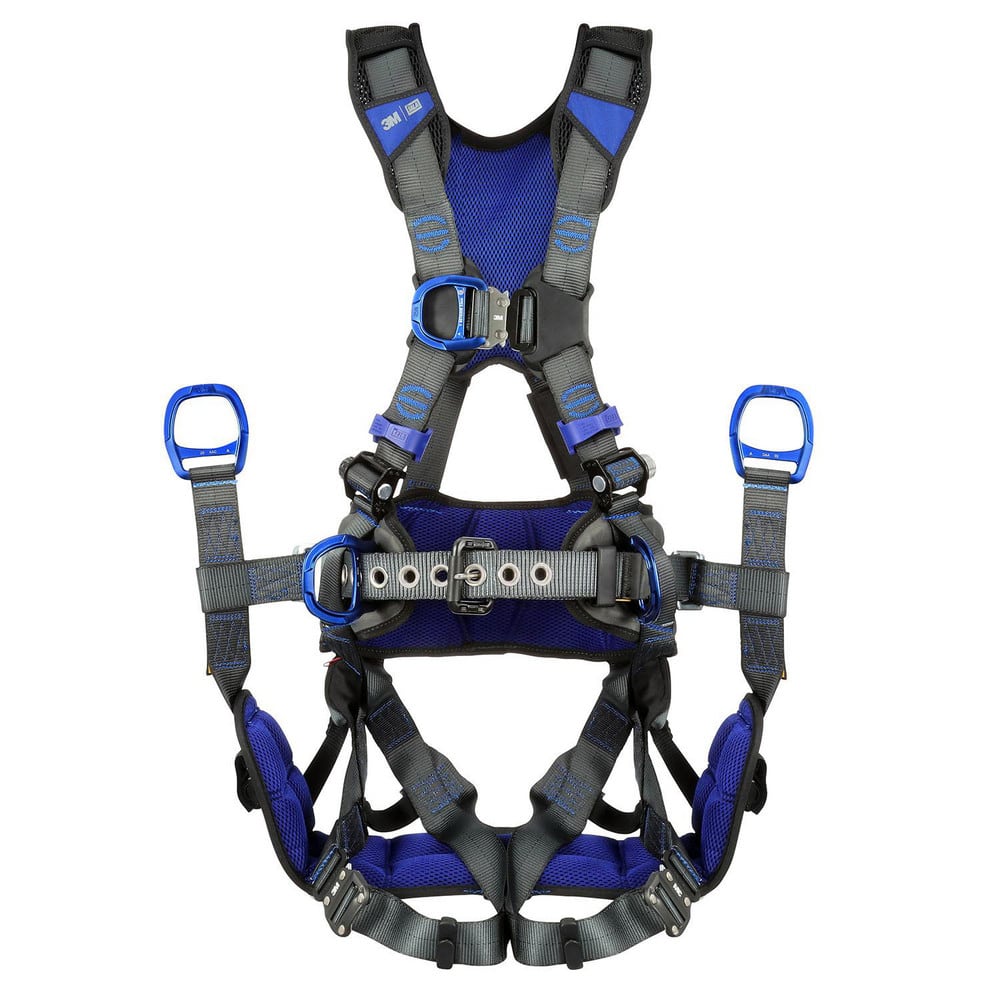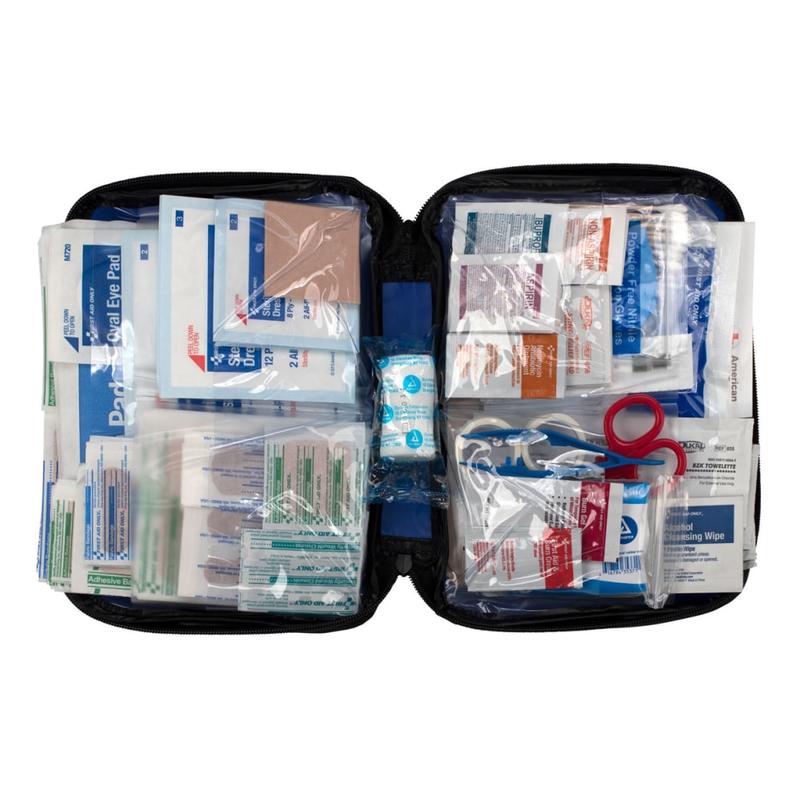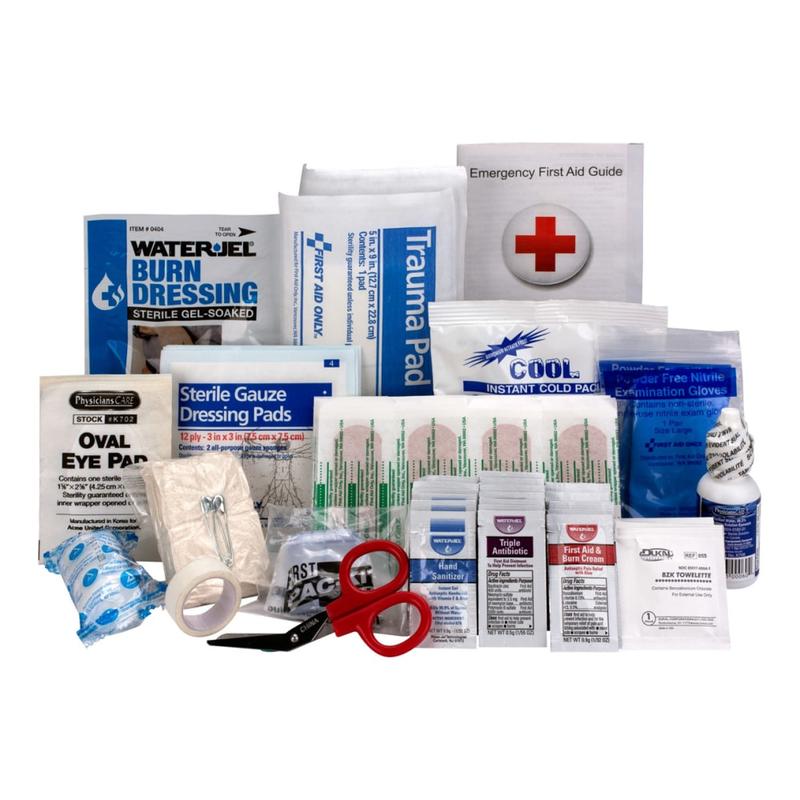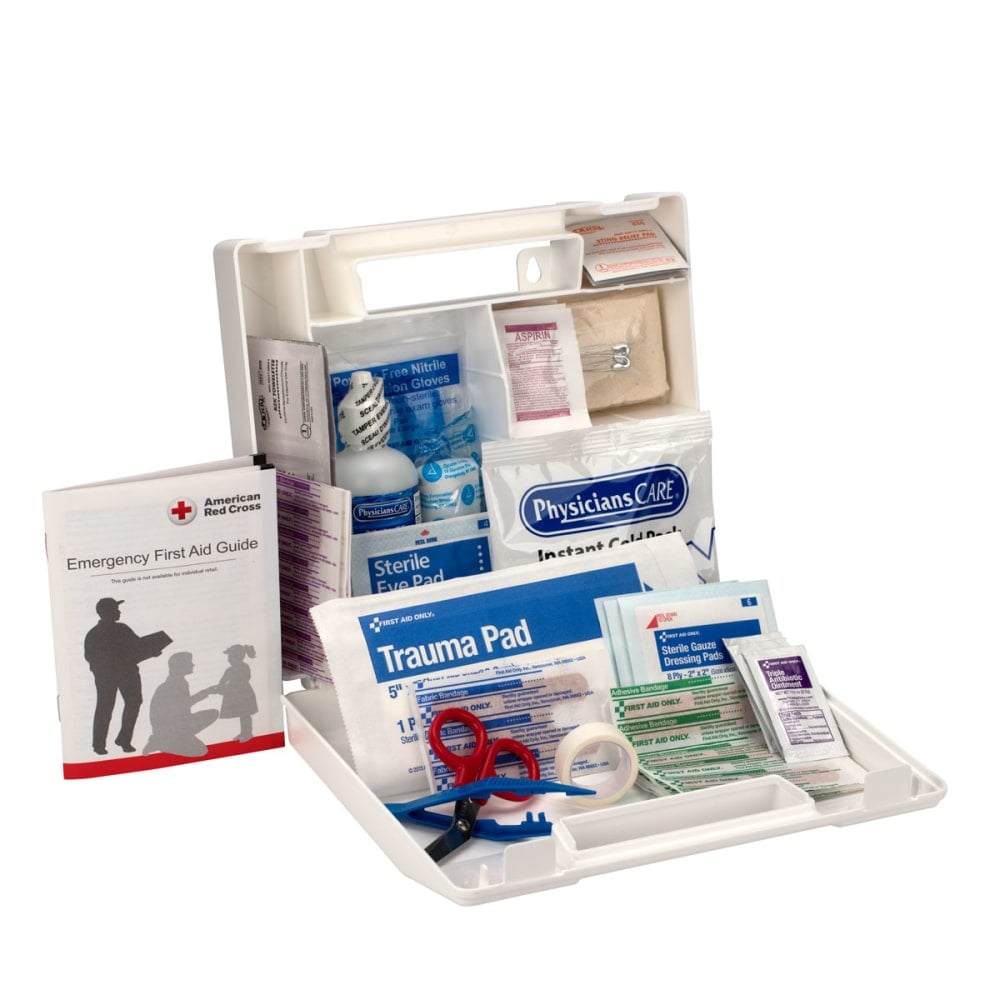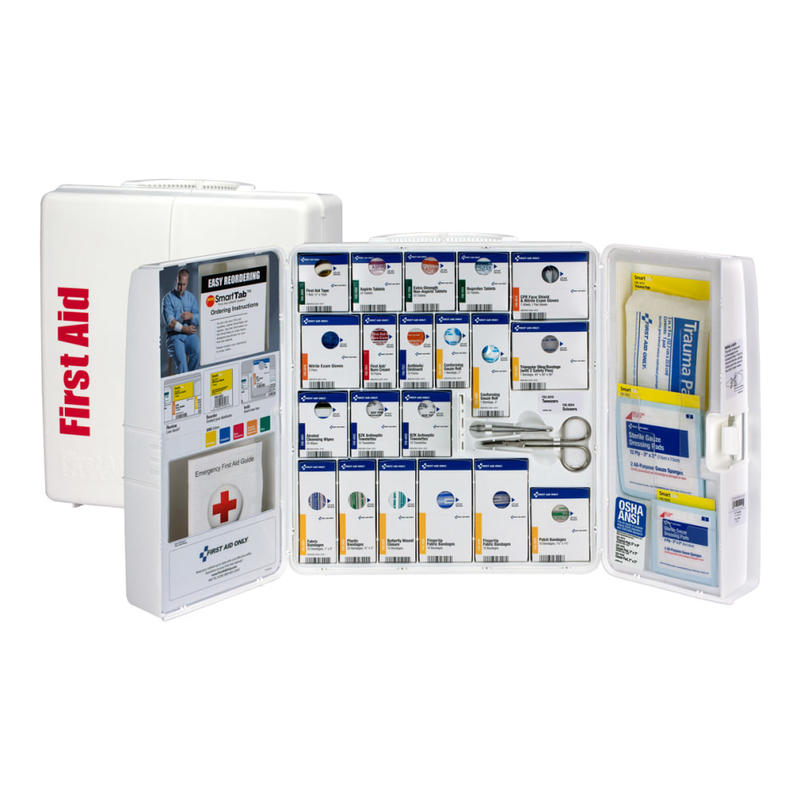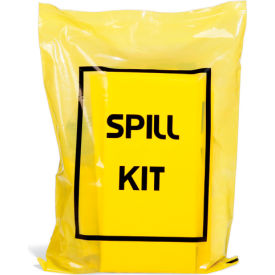Maximizing Safety and Efficiency: A Comprehensive Guide to Personal Protective Equipment (PPE) for the Workplace
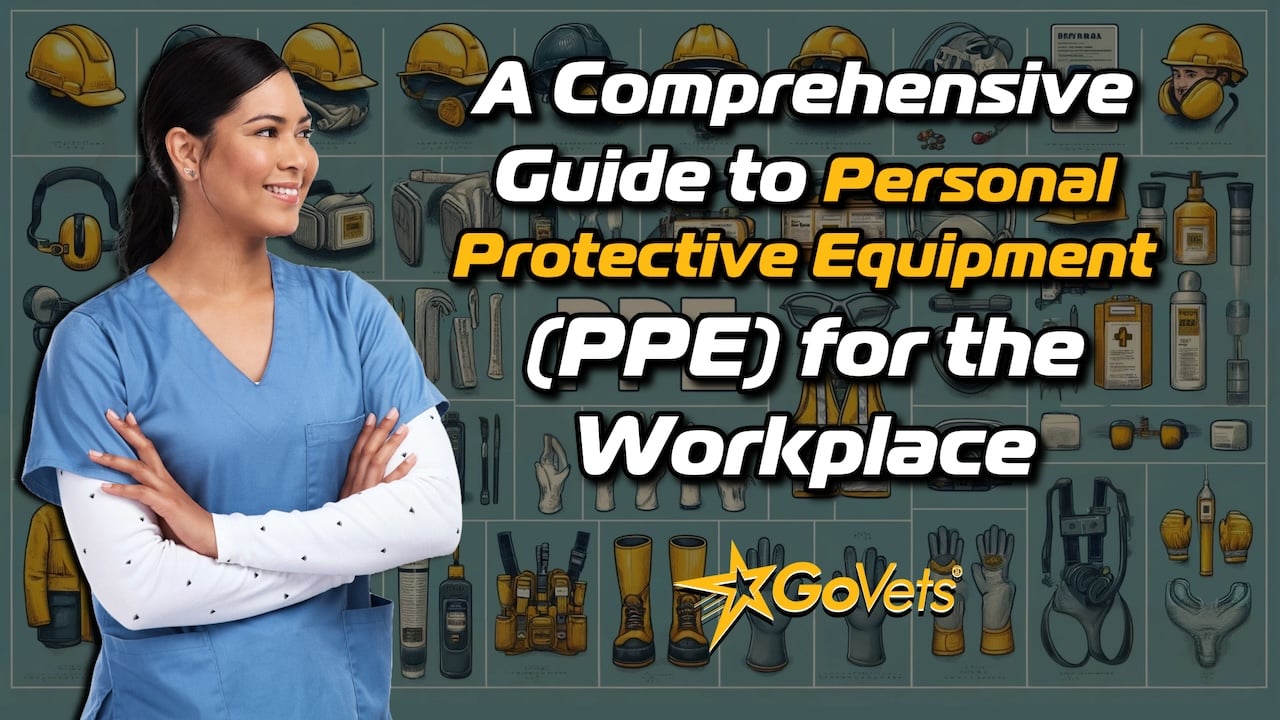
Overview
In today's workplace, safety is paramount, and having the right personal protective equipment (PPE) is crucial for ensuring the well-being of employees. Whether you are in construction, healthcare, manufacturing, or any other industry, PPE plays a vital role in protecting workers from potential hazards. This comprehensive guide will delve into various categories of PPE, providing detailed insights into their applications, benefits, FAQs, recommended add-on products, and expert product recommendations.
Table of Contents
- Head Protection
- Eye and Face Protection
- Hearing Protection
- Respiratory Protection
- Hand Protection
- Body Protection
- Foot Protection
- Fall Protection
- First Aid and Medical Supplies
- Top Add-On Products for PPE
1. Head Protection with Hard Hats
Overview: Hard hats are essential for protecting workers from head injuries caused by falling objects, impacts, and electrical hazards. They are widely used in construction, manufacturing, and other industrial settings. Options such as a hard hat with light or a hard hat with visor enhance functionality. For added safety in low-light conditions, consider a halo hard hat light or a hard hat led light.
Typical Applications:
- Construction sites
- Industrial manufacturing
- Electrical work
- Mining
- Forestry
Top Reasons to Use Hard Hats:
- Protection from falling objects
- Shielding from electrical hazards
- Impact resistance
- Enhanced visibility with reflective options
- Comfortable and adjustable fit
Top 10 FAQs and Answers:
- What standards should hard hats meet?
- Hard hats should comply with ANSI Z89.1 standards.
- How often should hard hats be replaced?
- Typically every 5 years, but inspect regularly for damage.
- Can hard hats be worn backward?
- Only if the hard hat is designed for reverse wear.
- Do hard hats expire?
- Yes, they have a shelf life and should be replaced after significant impact or as per manufacturer's guidelines.
- Are there hard hats for specific industries?
- Yes, there are hard hats designed for electrical work, construction, etc.
- How to clean a hard hat?
- Use mild soap and water, avoid harsh chemicals.
- Can stickers be applied to hard hats?
- Yes, but ensure they do not cover critical areas or compromise the helmet's integrity.
- Do hard hats provide UV protection?
- Some models include UV protection.
- What is the weight range of hard hats?
- They typically weigh between 11 to 17 ounces.
- Are there hard hats with built-in ear protection?
- Yes, some models come with integrated ear muffs.
Top Add-On Products:
- Sweatbands
- Chin straps
- Hard hat liners
- Face shields
- Helmet lights
Product Recommendation:
-
MSASpecial Price $12.79 Regular Price $19.43This product is sold in increments of 1
-
MSASpecial Price $18.29 Regular Price $28.41This product is sold in increments of 1
-
ErgodyneSpecial Price $16.79 Regular Price $21.74This product is sold in increments of 1
-
ErgodyneSpecial Price $16.79 Regular Price $21.74This product is sold in increments of 1
-
StancoSpecial Price $19.79 Regular Price $55.96This product is sold in increments of 1
-
OccunomixSpecial Price $6.49 Regular Price $9.21This product is sold in increments of 1
-
OccunomixSpecial Price $4.29 Regular Price $6.03This product is sold in increments of 1
-
OccunomixSpecial Price $56.29 Regular Price $127.41This product is sold in increments of 1
2. Eye and Face Protection with Safety Glasses
Overview: Safety glasses protect the eyes from flying debris, chemical splashes, and harmful radiation. They are used in laboratories, construction sites, and manufacturing facilities. Options such as polarized safety glasses z87 and blue light safety glasses are available for enhanced protection.
Typical Applications:
- Laboratory work
- Construction
- Metalworking
- Woodworking
- Chemical handling
Top Reasons to Use Safety Glasses:
- Protection from flying debris and particles
- Shielding from chemical splashes
- UV and infrared radiation protection
- Anti-fog and anti-scratch coatings
- Comfortable and adjustable fit
Top 10 FAQs and Answers:
- What standards should safety glasses meet?
- They should comply with ANSI Z87.1 standards.
- Can safety glasses be worn over prescription glasses?
- Yes, there are models designed for this purpose.
- How to clean safety glasses?
- Use a lens cleaning solution and microfiber cloth.
- Are there safety glasses with prescription lenses?
- Yes, prescription safety glasses are available.
- Do safety glasses protect against UV light?
- Many models offer UV protection.
- Can safety glasses be tinted?
- Yes, tinted lenses are available for different light conditions.
- How to prevent safety glasses from fogging up?
- Use anti-fog coatings or wipes.
- What materials are safety glasses made of?
- Polycarbonate is commonly used for its impact resistance.
- Are there adjustable safety glasses?
- Yes, many models feature adjustable nose pads and temples.
- Do safety glasses come with side shields?
- Yes, some models include side shields for additional protection.
Top Add-On Products:
- Lens cleaning wipes
- Retention straps
- Side shields
- Anti-fog wipes
- Storage cases
Product Recommendation:
3. Hearing Protection with Ear Plugs
Overview: Ear plugs protect the ears from harmful noise levels in various work environments. They are used in manufacturing, construction, and other high-noise industries. Options like bulk ear plugs and ear plugs with string are available for different needs.
Typical Applications:
- Manufacturing plants
- Construction sites
- Airports
- Concert venues
- Shooting ranges
Top Reasons to Use Ear Plugs:
- Noise reduction to prevent hearing loss
- Comfortable fit for extended wear
- Disposable and reusable options
- Easy to carry and use
- Customizable fit with different sizes
Top 10 FAQs and Answers:
- What is the Noise Reduction Rating (NRR)?
- NRR indicates the level of noise reduction provided.
- How to insert ear plugs correctly?
- Roll, pull, and hold method for foam plugs.
- Are there reusable ear plugs?
- Yes, made from silicone or other durable materials.
- How to clean reusable ear plugs?
- Wash with mild soap and water.
- Can ear plugs be used for swimming?
- Some models are designed for swimming.
- Are there ear plugs for small ear canals?
- Yes, available in different sizes.
- Do ear plugs come in different colors?
- Yes, for visibility and preference.
- How long do disposable ear plugs last?
- Typically for one-time use, but check manufacturer guidelines.
- Are ear plugs safe for sleeping?
- Yes, designed for comfort and safety during sleep.
- Can ear plugs cause ear infections?
- Proper hygiene and usage reduce the risk.
Top Add-On Products:
- Ear plug cases
- Ear plug dispensers
- Ear plug fitting kits
- Custom ear molds
- Ear plug cleaning wipes
Product Recommendation:
-
North SafetySpecial Price $272.79 Regular Price $516.79This product is sold in increments of 1
-
EarSpecial Price $159.29 Regular Price $301.79This product is sold in increments of 1
-
SellstromSpecial Price $19.99 Regular Price $37.99This product is sold in increments of 1
-
SellstromSpecial Price $17.49 Regular Price $33.29This product is sold in increments of 1
-
EarSpecial Price $258.29 Regular Price $489.29This product is sold in increments of 1
-
North SafetySpecial Price $249.79 Regular Price $473.29This product is sold in increments of 1
-
North SafetySpecial Price $206.49 Regular Price $391.29This product is sold in increments of 1
-
ERB IndustriesSpecial Price $112.79 Regular Price $213.79This product is sold in increments of 1
4. Respiratory Protection with Disposable Respirators
Overview: Disposable respirators protect against inhalation of harmful particles, dust, and pathogens. They are used in healthcare, construction, and industrial settings. Products like the powercap active IP respirator and honeywell respirator filters provide advanced protection.
Typical Applications:
- Healthcare facilities
- Construction sites
- Chemical handling
- Painting and sanding
- Agriculture
Top Reasons to Use Disposable Respirators:
- Protection from airborne particles and pathogens
- Comfortable fit for long-term wear
- Easy to use and dispose of
- Available in various filtration levels (N95, P100, etc.)
- Lightweight and breathable design
Top 10 FAQs and Answers:
- What does N95 mean?
- N95 indicates 95% filtration efficiency against non-oil-based particles.
- How to wear a disposable respirator correctly?
- Ensure a tight seal around the nose and mouth.
- Can disposable respirators be reused?
- Generally, they are for single-use only.
- Are there respirators for people with glasses?
- Yes, some models reduce fogging.
- How to store disposable respirators?
- Keep in a clean, dry place away from contamination.
- What is the shelf life of disposable respirators?
- Typically 3 to 5 years, check the manufacturer's guidelines.
- Are disposable respirators latex-free?
- Most are, but verify if you have latex allergies.
- Can respirators be used for protection against gases?
- No, they are designed for particulate matter; use specific gas masks for gases.
- Do disposable respirators protect against COVID-19?
- Yes, N95 respirators are recommended for protection against airborne viruses.
- How to dispose of used respirators?
- Dispose of in regular trash, following any specific guidelines for contaminated items.
Top Add-On Products:
- Respirator storage bags
- Respirator fit test kits
- Respirator cleaning wipes
- Headbands for improved fit
- Valve covers
Product Recommendation:
-
Good EarthSpecial Price $7.99 Regular Price $11.19This product is sold in increments of 1
-
Value CollectionSpecial Price $12.99 Regular Price $18.3This product is sold in increments of 1
-
NorthSpecial Price $29.29 Regular Price $35.04This product is sold in increments of 1
-
MoldexSpecial Price $62.99 Regular Price $81.02This product is sold in increments of 1
-
3MSpecial Price $37.29 Regular Price $37.83This product is sold in increments of 1
-
MoldexSpecial Price $86.79 Regular Price $112.86This product is sold in increments of 1
-
AirpopSpecial Price $963.79 Regular Price $1349.31This product is sold in increments of 1
-
3MSpecial Price $14.99 Regular Price $23.09This product is sold in increments of 1
5. Hand Protection with Work Gloves
Overview: Work gloves protect hands from cuts, abrasions, chemicals, and extreme temperatures. They are essential in construction, manufacturing, and various other industries. Options like black leather work gloves and iron worker gloves provide specialized protection.
Typical Applications:
- Construction
- Metalworking
- Chemical handling
- Electrical work
- Landscaping
Top Reasons to Use Work Gloves:
- Protection from cuts and abrasions
- Chemical resistance
- Enhanced grip and dexterity
- Insulation from extreme temperatures
- Comfort and fit for prolonged use
Top 10 FAQs and Answers:
- What materials are work gloves made of?
- Leather, latex, nitrile, neoprene, and Kevlar.
- How to choose the right size for work gloves?
- Measure hand circumference and refer to size charts.
- Can work gloves be washed?
- Many can be, but check manufacturer instructions.
- Are there gloves for specific tasks?
- Yes, gloves are designed for various applications such as welding, electrical work, and chemical handling.
- How to ensure a good fit for gloves?
- Look for adjustable cuffs and ergonomic designs.
- Are work gloves waterproof?
- Some are, particularly those designed for chemical handling.
- Can work gloves provide thermal insulation?
- Yes, insulated gloves are available for cold environments.
- Do gloves come with cut resistance ratings?
- Yes, look for ANSI or EN388 ratings.
- Are there gloves with touch screen compatibility?
- Yes, some gloves allow the use of touch screen devices.
- How to store work gloves?
- Store in a cool, dry place away from direct sunlight.
Top Add-On Products:
- Glove liners
- Glove clips
- Disposable glove inserts
- Glove cleaning wipes
- Glove storage bags
Product Recommendation:
-
MCRSpecial Price $6.29 Regular Price $7.86This product is sold in increments of 1
-
Jenessco IndustriesSpecial Price $64.49 Regular Price $100.59This product is sold in increments of 1
-
Pro-SafeSpecial Price $3.29 Regular Price $5.37This product is sold in increments of 1
-
PIPSpecial Price $6.79 Regular Price $8.59This product is sold in increments of 1
-
ErgodyneSpecial Price $44.29 Regular Price $83.99This product is sold in increments of 1
-
ErgodyneSpecial Price $45.29 Regular Price $85.79This product is sold in increments of 1
-
ErgodyneSpecial Price $38.49 Regular Price $47.37This product is sold in increments of 1
-
ErgodyneSpecial Price $38.49 Regular Price $47.37This product is sold in increments of 1
6. Body Protection with Coveralls
Overview: Coveralls provide full-body protection against chemicals, dirt, and contaminants. They are used in laboratories, construction sites, and industrial environments. Options like fr coveralls and winter coverall are available for specific needs.
Typical Applications:
- Chemical handling
- Painting
- Construction
- Industrial cleaning
- Healthcare
Top Reasons to Use Coveralls:
- Full-body protection
- Chemical resistance
- Durable and tear-resistant materials
- Comfortable fit with adjustable features
- Easy to don and doff
Top 10 FAQs and Answers:
- What materials are coveralls made of?
- Polypropylene, Tyvek, and other protective fabrics.
- Are coveralls reusable?
- Some are disposable, others are designed for reuse.
- How to choose the right size for coveralls?
- Refer to sizing charts and consider the type of clothing worn underneath.
- Can coveralls be worn over regular clothing?
- Yes, they are designed to be worn over clothing.
- Are coveralls breathable?
- Some models offer breathability, especially those for extended wear.
- Do coveralls provide fire resistance?
- Specific models are designed for fire resistance.
- How to clean reusable coveralls?
- Follow manufacturer’s washing instructions.
- Are there coveralls with integrated hoods?
- Yes, for additional protection.
- Do coveralls protect against biological hazards?
- Certain models are rated for biological protection.
- How to dispose of contaminated coveralls?
- Follow appropriate disposal guidelines for hazardous materials.
Top Add-On Products:
- Disposable shoe covers
- Sleeve protectors
- Safety belts
- Knee pads
- Coverall storage bags
Product Recommendation:
-
ErgodyneSpecial Price $252.29 Regular Price $477.99This product is sold in increments of 1
-
ErgodyneSpecial Price $252.29 Regular Price $477.99This product is sold in increments of 1
-
ErgodyneSpecial Price $252.29 Regular Price $477.99This product is sold in increments of 1
-
ErgodyneSpecial Price $252.29 Regular Price $477.99This product is sold in increments of 1
-
ErgodyneSpecial Price $252.29 Regular Price $477.99This product is sold in increments of 1
-
ErgodyneSpecial Price $252.29 Regular Price $477.99This product is sold in increments of 1
-
ErgodyneSpecial Price $252.29 Regular Price $477.99This product is sold in increments of 1
-
ErgodyneSpecial Price $252.29 Regular Price $477.99This product is sold in increments of 1
7. Foot Protection with Safety Work Boots
Overview: Safety boots protect feet from injuries caused by impacts, compression, and punctures. They are essential in construction, manufacturing, and other high-risk environments. Options like hiking boots safety toe and georgia safety toe boots offer specialized protection.
Typical Applications:
- Construction sites
- Manufacturing plants
- Warehouses
- Mining
- Agriculture
Top Reasons to Use Safety Boots:
- Protection from falling objects
- Puncture-resistant soles
- Slip resistance
- Comfort for long hours of wear
- Waterproof and insulated options
Top 10 FAQs and Answers:
- What standards should safety boots meet?
- Look for ASTM or EN ISO certifications.
- How to choose the right size for safety boots?
- Measure feet and refer to sizing charts.
- Are there safety boots for different weather conditions?
- Yes, insulated boots for cold and breathable boots for hot conditions.
- Do safety boots provide ankle support?
- Many models offer enhanced ankle support.
- How to maintain safety boots?
- Clean regularly and apply leather conditioner for leather boots.
- Are there waterproof safety boots?
- Yes, for wet environments.
- Do safety boots come with steel toes?
- Yes, and also composite toes for lighter weight options.
- Can safety boots be resoled?
- Some models can be resoled; check manufacturer details.
- Are there safety boots with anti-fatigue technology?
- Yes, for added comfort during extended wear.
- How to break in new safety boots?
- Wear them in gradually and use boot stretchers if needed.
Top Add-On Products:
- Boot insoles
- Boot laces
- Waterproofing sprays
- Boot socks
- Boot dryers
Product Recommendation:
-
ODOR STOPSpecial Price $149.29 Regular Price $282.79This product is sold in increments of 1
-
ODOR STOPSpecial Price $231.49 Regular Price $438.49This product is sold in increments of 1
-
TingleySpecial Price $76.79 Regular Price $145.49This product is sold in increments of 1
-
WolverineSpecial Price $197.49 Regular Price $276.49This product is sold in increments of 1
-
WolverineSpecial Price $197.49 Regular Price $276.49This product is sold in increments of 1
-
BellevilleSpecial Price $466.79 Regular Price $653.51This product is sold in increments of 1
-
BellevilleSpecial Price $466.79 Regular Price $653.51This product is sold in increments of 1
-
BellevilleSpecial Price $466.79 Regular Price $653.51This product is sold in increments of 1
8. Fall Protection with Safety Harnesses
Overview: Safety harnesses are critical for preventing falls from heights in construction, maintenance, and other high-risk jobs. They provide secure attachment points and distribute impact forces. Options like a safety harness with tool belt and a scaffold safety harness provide additional functionality.
Typical Applications:
- Construction sites
- Tower climbing
- Window washing
- Bridge inspection
- Industrial maintenance
Top Reasons to Use Safety Harnesses:
- Prevention of falls from heights
- Compliance with safety regulations
- Comfortable and adjustable fit
- Durable and high-strength materials
- Ease of use and quick connection points
Top 10 FAQs and Answers:
- What standards should safety harnesses meet?
- Look for OSHA, ANSI, or CSA certifications.
- How to properly wear a safety harness?
- Follow manufacturer instructions and ensure a snug fit.
- Are there harnesses for specific jobs?
- Yes, such as tower climbing or construction.
- How often should harnesses be inspected?
- Before each use and regularly per manufacturer guidelines.
- Can safety harnesses be used in confined spaces?
- Yes, with appropriate attachment points and lanyards.
- What is the lifespan of a safety harness?
- Typically 5 years, but inspect regularly for wear and damage.
- Are there harnesses with integrated tool belts?
- Yes, for convenience.
- How to clean a safety harness?
- Use mild soap and water, avoid harsh chemicals.
- Do harnesses have weight limits?
- Yes, check the manufacturer's specifications for maximum weight capacity.
- Are there harnesses designed for women?
- Yes, some models are ergonomically designed for better fit and comfort for women.
Top Add-On Products:
- Lanyards
- Anchor points
- Carabiners
- Tool holsters
- Suspension trauma straps
Product Recommendation:
-
Dbi-SalaSpecial Price $1268.79 Regular Price $1395.87This product is sold in increments of 1
-
Dbi-SalaSpecial Price $836.49 Regular Price $918.33This product is sold in increments of 1
-
Dbi-SalaSpecial Price $762.99 Regular Price $1068.19This product is sold in increments of 1
-
Dbi-SalaSpecial Price $832.49 Regular Price $913.92This product is sold in increments of 1
-
Dbi-SalaSpecial Price $832.49 Regular Price $913.92This product is sold in increments of 1
-
Dbi-SalaSpecial Price $762.99 Regular Price $837.51This product is sold in increments of 1
-
Dbi-SalaSpecial Price $836.49 Regular Price $918.33This product is sold in increments of 1
-
Dbi-SalaSpecial Price $1268.79 Regular Price $1395.87This product is sold in increments of 1
9. First Aid and Medical Supplies & Kits
Overview: First aid kits are essential for treating minor injuries and providing initial care in emergencies. They are used in workplaces, schools, vehicles, and homes. Options like a marine first aid kit and a contractors first aid kit offer specialized solutions.
Typical Applications:
- Workplaces
- Schools
- Vehicles
- Homes
- Outdoor activities
Top Reasons to Use First Aid Kits:
- Immediate treatment for minor injuries
- Compliance with OSHA requirements
- Peace of mind in emergencies
- Portable and convenient
- Comprehensive supplies for various injuries
Top 10 FAQs and Answers:
- What should a basic first aid kit contain?
- Bandages, antiseptic wipes, gauze pads, adhesive tape, scissors, tweezers, and gloves.
- How often should first aid kits be checked?
- Regularly, to ensure supplies are stocked and not expired.
- Can first aid kits be customized?
- Yes, kits can be tailored to specific needs and environments.
- Are there first aid kits for specific environments?
- Yes, such as industrial, office, and outdoor kits.
- How to properly store a first aid kit?
- In a cool, dry, and accessible place.
- Do first aid kits include CPR masks?
- Many do, but check the contents list.
- Are there portable first aid kits?
- Yes, for vehicles and travel.
- What are the regulations for workplace first aid kits?
- OSHA provides guidelines for workplace first aid requirements.
- How to use a first aid kit properly?
- Follow the instructions provided and consider first aid training.
- Are first aid kits available with burn care supplies?
- Yes, some kits include burn gels and dressings.
Top Add-On Products:
- CPR masks
- Burn kits
- Eye wash stations
- Refill packs
- Trauma shears
Product Recommendation:
-
First Aid Only IncSpecial Price $32.79 Regular Price $47.5This product is sold in increments of 1
-
First Aid Only IncSpecial Price $120.29 Regular Price $153.78This product is sold in increments of 1
-
First Aid Only IncSpecial Price $43.29This product is sold in increments of 1
-
First Aid Only IncSpecial Price $32.99 Regular Price $48.83This product is sold in increments of 1
-
First Aid Only IncSpecial Price $147.79 Regular Price $189.08This product is sold in increments of 1
-
First Aid Only IncSpecial Price $54.49 Regular Price $75.37This product is sold in increments of 1
-
AcmeSpecial Price $80.79 Regular Price $108.32This product is sold in increments of 1
-
First Aid Only IncSpecial Price $26.29 Regular Price $42.32This product is sold in increments of 1
10. Top Add-On Products for PPE
Overview: When purchasing PPE, considering additional accessories can enhance safety, comfort, and functionality. Here are some top add-on products to consider:
Typical Add-On Products:
- Sweatbands for Hard Hats: Improve comfort and absorb sweat.
- Lens Cleaning Wipes: Keep safety glasses and goggles clear.
- Ear Plug Dispensers: Convenient access to hearing protection.
- Respirator Fit Test Kits: Ensure proper fit and seal of respirators.
- Glove Liners: Add comfort and warmth under work gloves.
- Disposable Shoe Covers: Protect shoes and prevent contamination.
- Insoles for Safety Boots: Enhance comfort and reduce fatigue.
- Lanyards for Safety Harnesses: Ensure secure attachment.
- First Aid Kit Refill Packs: Keep first aid supplies stocked.
- Tool Holsters: Keep tools handy and secure when using harnesses.
Product Recommendation:
-
Spill Tech EnvironmentalSpecial Price $140.29 Regular Price $265.79This product is sold in increments of 1
-
AccuformnmcSpecial Price $473.99 Regular Price $663.59This product is sold in increments of 1
-
AccuformnmcSpecial Price $294.99 Regular Price $412.99This product is sold in increments of 1
-
AccuformnmcSpecial Price $115.29 Regular Price $117.66This product is sold in increments of 1
-
AccuformnmcSpecial Price $201.79 Regular Price $206.42This product is sold in increments of 1
-
AccuformnmcSpecial Price $133.79 Regular Price $187.31This product is sold in increments of 1
-
AccuformnmcSpecial Price $294.99 Regular Price $412.99This product is sold in increments of 1
-
AccuformnmcSpecial Price $252.79 Regular Price $353.91This product is sold in increments of 1
Conclusion
Personal protective equipment is a critical component in ensuring workplace safety across various industries. By understanding the different types of PPE and their specific applications, you can make informed decisions to protect yourself and your employees. Remember to regularly inspect and maintain your PPE, and consider additional accessories to enhance their effectiveness and comfort. Shop for high-quality PPE at GoVets to ensure you have the best protection available.
- Veteran Spotlight
- GoVets Solutions
- Buying Guides & Projects
- Shopping Trends
- Prime Contractor Resources
- Business & Entrepreneur Resources
- GoVets Giving
- Online Security and Shopping Safety
- GoVets Top Selling Products
- Veteran Resources
- Product Spotlights
- Technology Updates
- GoVets Medallion Updates
- Government Updates
- GoVets Capabilities
- Press Releases
- Promotion Updates
- Industry Trends









